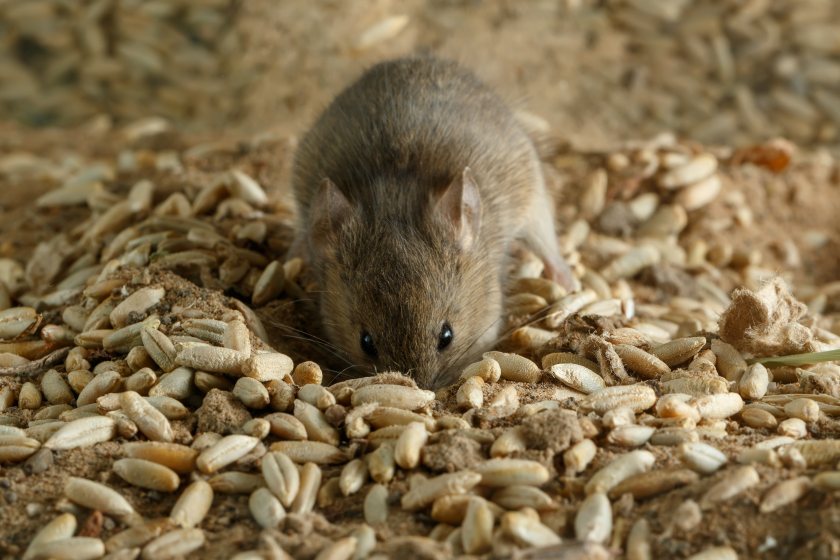
New surveillance has found genes for resistance to anticoagulant rodenticides in 78% of rats and 95% of house mice.
According to the Campaign for Responsible Rodenticide Use UK (CRRU), these include “small but troubling numbers” with two or more such genes, labelled ‘hybrid resistance’.
In both rats and mice, the geographical distribution of both single-gene and hybrid-resistance continues to spread.
In UK house mice for the first time, this latest annual study also identifies a new four-component ‘spretus’ resistance strain in Hertfordshire.
“This was acquired by house mice in Spain through interbreeding with the Iberian mouse species, Mus spretus,” said CRRU chairman, Dr Alan Buckle.
“The Hertfordshire spretus mice have almost certainly come in from the continent. More generally, London is now a clear hot-spot for mice with both single-gene and hybrid resistance.”
In rats during the two sampling years 2020 to 2022, the surveillance also found a proliferation of one resistance gene in particular, Y139C, to 30 widely spread new sites in England.
This is one of the three most severe rat resistance genes, each of which is now being found in previously low incidence or resistance-free areas.
Dr Buckle warned that these latest findings suggested there were now few places in England with pest rodent populations wholly susceptible to anticoagulants.
“Continued use of anticoagulant rodenticides against resistant rats or mice has serious downsides: Incomplete control with consequent ongoing threats to human and animal health.
"Faster geographical spread of surviving resistant individuals; and lengthy survival of resistant pests carrying persistent anticoagulant residues that could be taken as prey by predators.”
Dr Buckle said CRRU’s urgent guidance to farmers, gamekeepers and pest controllers was to monitor the resistance status of their own locations.
For optimum control of rats and mice in any situation, and to slow the spread of resistance, the body urges everyone involved to follow exactly a CRRU five-point action plan.
